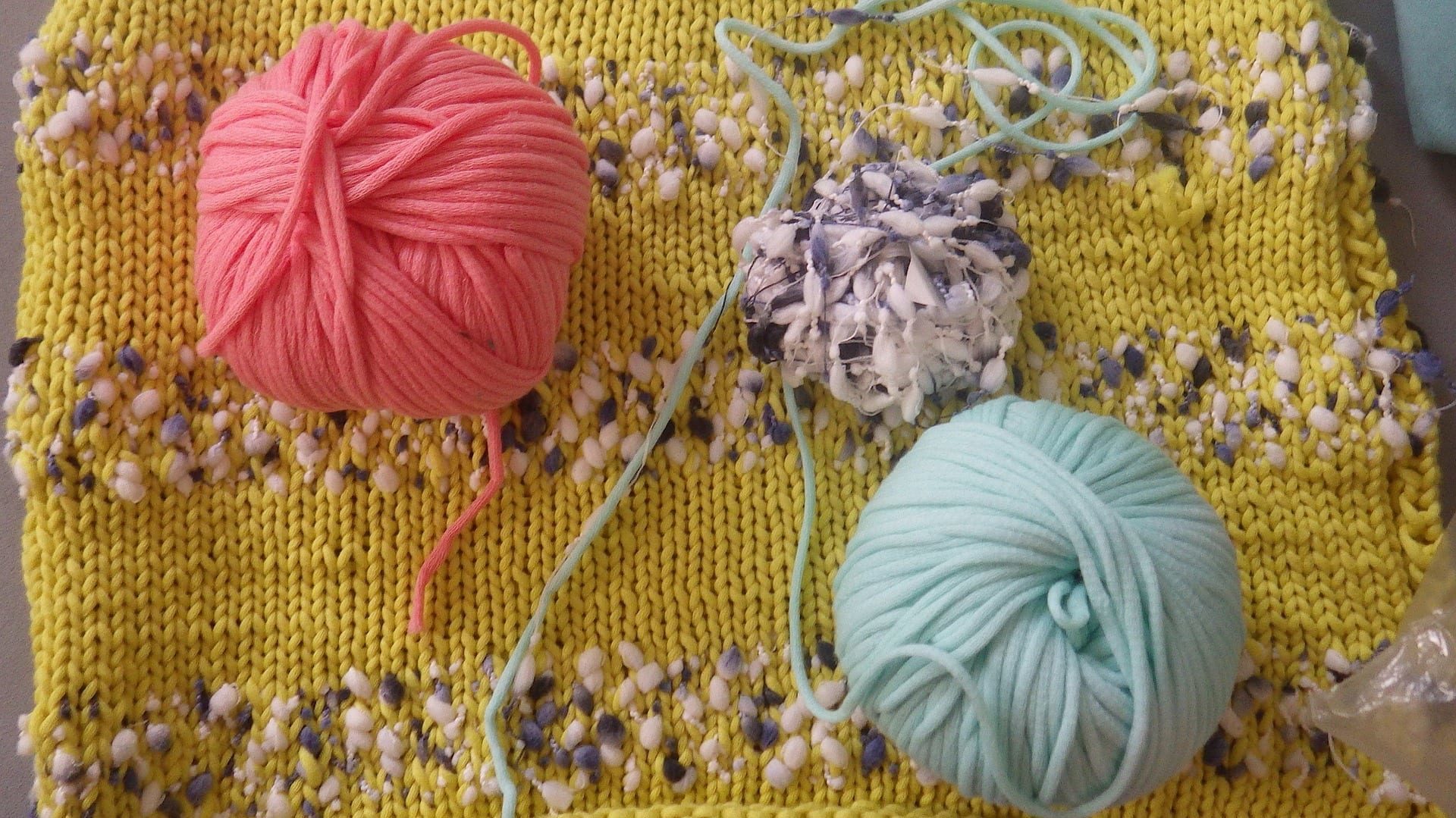We’ve all been there. The stars have aligned and you’ve found the perfect pattern. It fits your style and aesthetic to a T, and is just the right challenge to while away the hours. But then comes the rub. How are you supposed to choose the right yarn for your project? Of course, you could simply use the yarn suggested by the designer in the project but sometimes, that isn’t possible. Maybe it’s out of your budget, you’re attempting to de-stash, or maybe you simply don’t like that yarn. So, how do you do it?
It could be as easy as matching your gauge and calling it a day, but there’s so much more at play. Things like fibre, ply, yarn weight, and even colour will all impact the look of your finished object.
Fibre
Sometimes it feels like there are too many choices when it comes to yarn fibre and it can leave your head spinning. At is broadest level; fibre is split into two categories: natural and synthetic. Purely synthetic yarn is generally much cheaper and easier to care for. However, acrylic yarns can be scratchy and don’t always offer the best stitch definition. Sheep’s wool, on the other hand, is without a doubt the best known and most commonly used natural fibre for yarn. It keeps you cosy but can also be used for summer garments thanks to its breathability and moisture wicking properties. An acrylic/wool blend will give you the best of both worlds since the acyclic will add durability to your knit.
If you have trouble with sensitive skin then alpaca and angora will add softness and help stop any irritation.
Cotton and linen yarns are beautifully smooth and are known for their drape. Use them to show off your fanciest stitch work but be aware that they aren’t stretchy so a ribbed cuff on a jumper won’t spring back into shape!
Ply
Ply refers to how many strands have been twisted together to make your yarn. A single ply yarn is perfect for a softer look where definition isn’t the focus of the project. More plies, however, means more texture and definition. When knitting cables and colourwork, for example, choose a yarn that’s plied and twisted to really show off your hard work.

Yarn Weight
This might seem obvious. Your pattern will give you the weight of yarn you need, you don’t need to think about it. However, one rising trend within the knitting community in recent years is holding two strands of yarn double to create new and interesting fabrics. This can be as simple as holding a strand of fingering weight yarn with some fluffy mohair to create a DK equivalent or doubling up on arran weight yarn to get a super plush, chunky fabric, but in either case, it will still effect your finished product. Adding that strand of mohair, for example, will create a fuzzy halo around your work and depending on the colour you use, can contrast or compliment your second strand. It can also provide structure to loose, lacy knits since the fine, mohair strands will ‘stick’ together.
Colour
Is choosing the colour of your yarn the best bit of any project? Quite possibly! But when you’ve got a whole rainbow to choose from, where do you start? It might seem obvious but the colour you choose can really impact the look of your finished knit. Traditionally, solid, contrasting colours were the go-to for Fair Isle, Intarsia etc. but variegated yarns create some beautiful watercolour-esque looks that are truly unique. For more complicated stitch patterns, cables, and lacework, solid colours are also the norm. Texture can be lost in the variegation and you don’t want to spend hours knitting only for it not to show up!
And there you have it. Here are a few tips and tricks to help you choose the right yarn for your next dream project!
[/et_pb_text][/et_pb_column] [/et_pb_row] [/et_pb_section]